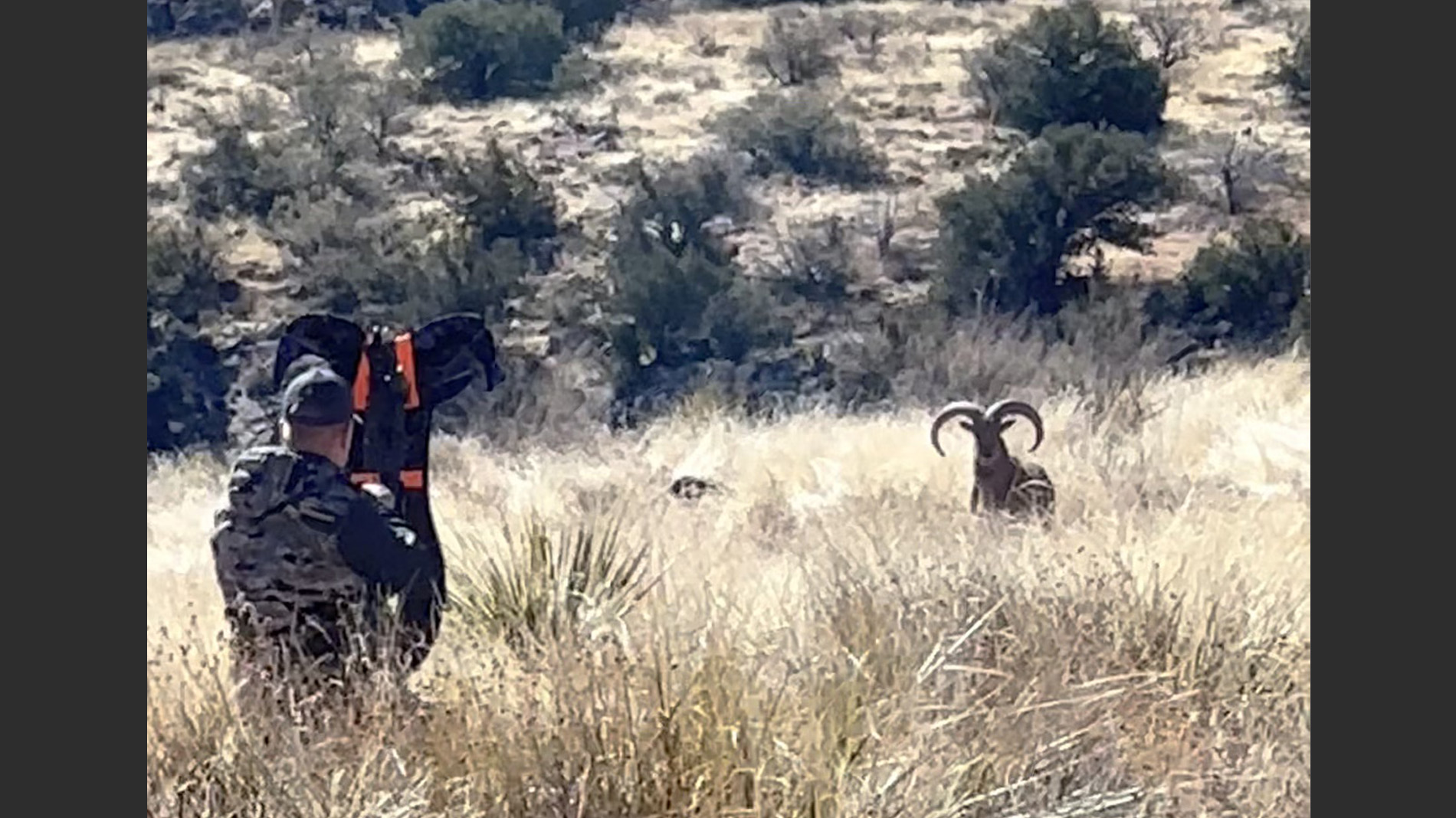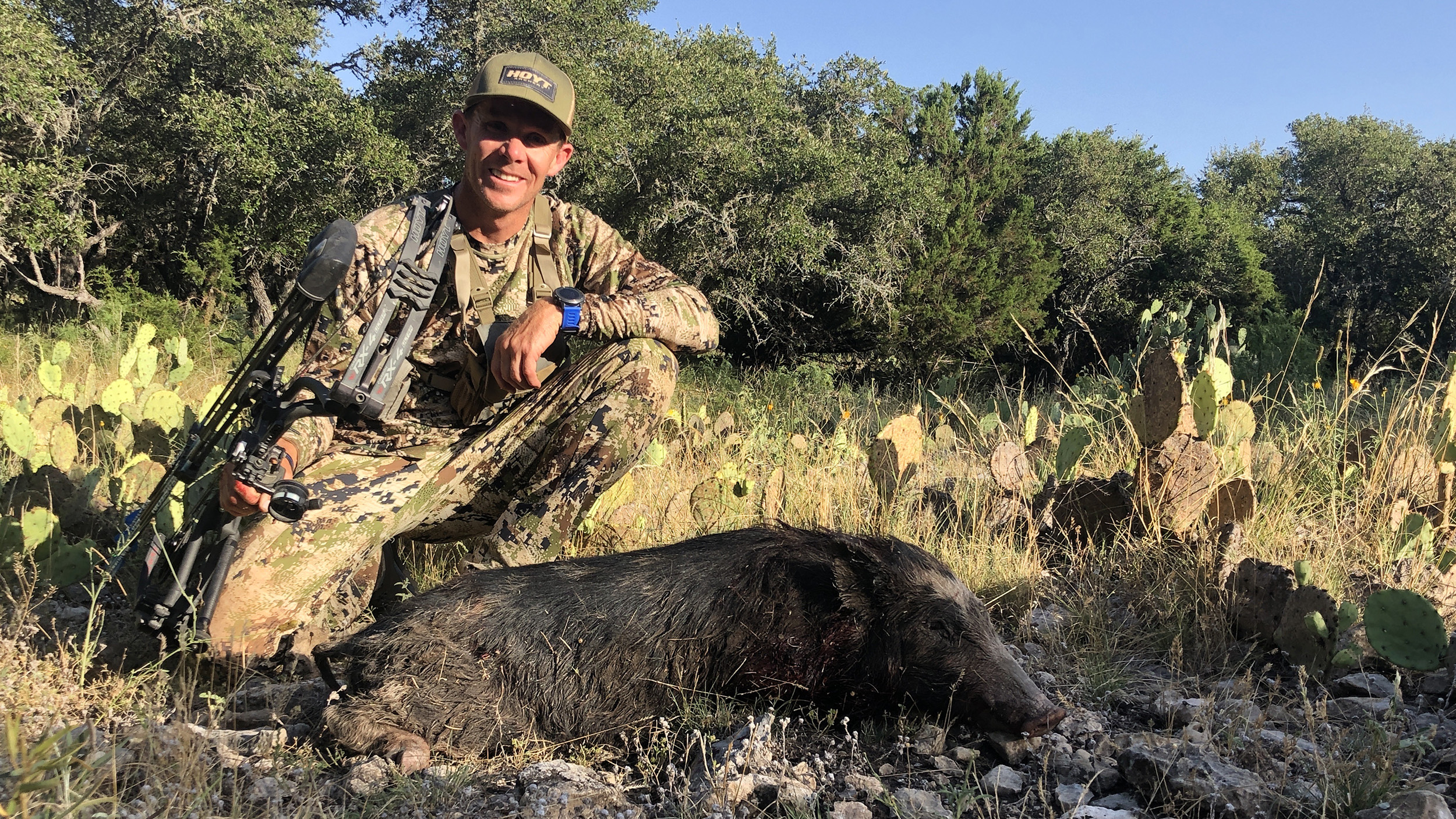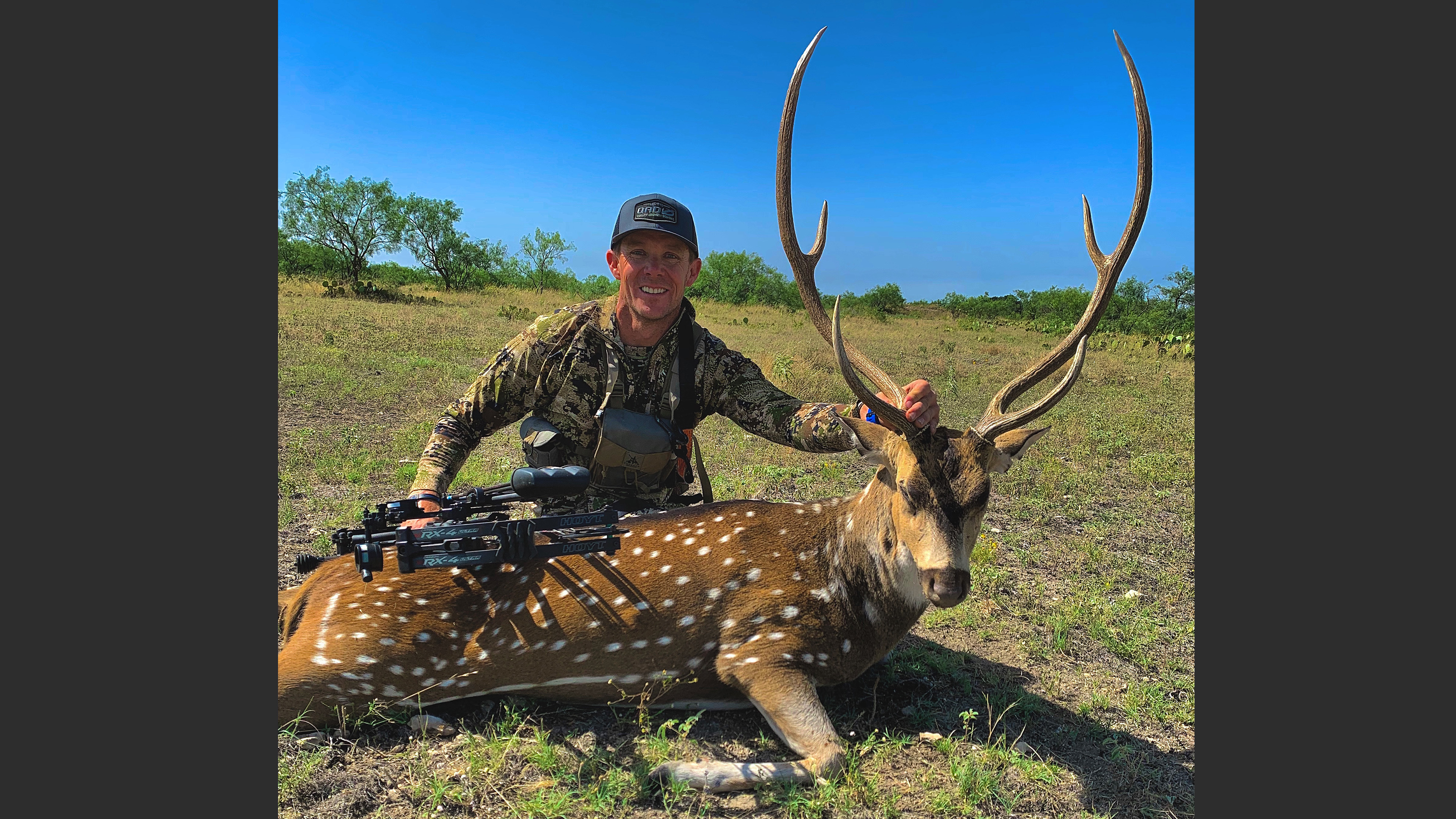
Three Must-Do Summer Bowhunts
No, I'm not looking past spring turkey and bear — I love both. The wild turkey may be my favorite creature to chase with a stick-and-string. However, I'm always planning.
Precisely, June through early August isn't considered an excellent bowhunting timeframe. These months are for 3-D and indoor shoots, which I agree with, but you'll keep your skills sharp and have a blast if you add these three hunts to your summertime calendar in the years to come.
Texas Aoudad

The aoudad is the red-headed stepchild of the sheep world. They were first imported into the U.S. in the 1900s to be raised in zoos and then were fed to carnivorous zoo residents. Then, between 1957 and 1958, Texas wildlife officials released around 40 aoudads into the state's Palo Duro Canyon. The sheep species adapted quickly to the rugged terrain, and today, the state has a robust population.
These sheep are a blast to bowhunt and inhabit some of Texas' most rugged, scenic locales, including the Glass and Davis Mountains and various locations along the Edwards Plateau.
Having hunted Rocky Mountain Big Horn--the most rewarding hunting experience of my life--I can tell you that earning a string drop on a mature aoudad ram is the same as when hunting a big horn — hard! You'll have to be on your A-game, spend lots of time behind glass, and be in excellent physical shape.
Shots at sheep tend to be between 50 and 70 yards, and you'll want to spend lots of time with your Hoyt before heading on an aoudad hunt. Outfitted hunts are up around $5,500-$6,500, and if you send an errant arrow and draw blood, even if the shot isn't lethal, that's your ram.
Another option, if you want to save some coin and avoid the cost of an outfitter, is to network. For aoudad, and each of the hunts to come, I have used social media to meet other hunters in various locations around the country and swap hunts with them. I have taken several hunters for elk, pronghorn, and Merriam turkey over the years in exchange for hogs, aoudad, and axis. Hunting swapping is a great way to fulfill your bowhunting dreams for far less money than going with an outfitter. You're also helping another bowhunter achieve their dreams and making relationships that last a lifetime.
Feral Hogs

Populous in many states like Florida, Georgia, Texas, Oklahoma, California, and Mississippi, to name a few, are out of control. I have hunted hogs in Texas, Oklahoma, and Florida, and on each adventure, I've slung more arrows than I will during a full year of bowhunting big game. There is no better cure for buck fever than to head to a top-tier hog destination and deflate some lungs. Feral hogs are a blast to bowhunt and make awesome table fare.
Lining up a hog mission is simple. Multitudes of outfitters will customize your hunt, and these are the ones you want to look at booking with. Stay away from Craiglist postings and fly-by-night operations that stick 12 bowhunters on 12 feeders on a property that's 400 acres. Do your research before you commit.
Summertime hogs are best hunted over water as forage is plentiful, reducing their want to visit a feeder. Make sure the property you're hunting has water sources, and be sure to inquire about spot-and-stalk opportunities. I won't go to a hog outfitter that doesn't allow spot-and-stalk or says that they allow it on the phone while hemming and hawing around the topic. If an outfitter takes a long way around to saying "yes" to spot-and-stalk hunting, it means they don't have the acreage and are worried you will walk into other hunters they have in blinds over feeders.
Few things beat spotting and stalking hogs in the summer. A good outfitter can point you toward shady, boggy bottoms where the pigs can wallow and escape summer's heat.
Axis

I saved the best for last. If I had access to year-round axis hunting, I would lose my job because I would be after these magnificent creatures daily.
Brought over from India in 1932, axis deer, also known as chital, have flourished in the Lone Star State. Current population estimates are between 15,000 and 18,000 animals, with most residing on the famed Edwards Plateau. While some herds are managed behind high-fence operations, there are plenty of places on the 37,370-square-mile plateau where axis roam free.
Axis are weird creatures with no specific rut; they will rut and breed at different times during the year. However, the most intense rut action happens during June and July, and if you're on a property with a lot of axis, you will be in for a treat. The males have a roar that I will define as spooky, and it sounds like something you wouldn't want to hear on Halloween night while visiting a graveyard. Like elk, mature axis bucks will gather a harem of ladies, but like a whitetail, will single those ladies off and dog them until they breed them.
Hunting axis is also a lot like hunting pronghorn, as they are regular visitors to waterholes. During the summer months, when the rut is at full tilt, the need to slake their thirst intensifies.
When hunting axis, I prefer to chase roars during the morning, and then around 10 a.m., head straight to a treestand or ground blind overlooking a well-used waterhole. I've been on summertime axis hunts where 10 to 12 shooter bucks show up to drink during daylight hours, and usually, during that timeframe, hogs show up as well, which is a bonus to most axis hunts.
Another win to any axis hunt is most outfitters or friends I've exchanged hunts with will let you harvest a doe or two, and you should take full advantage of this. I have eaten lots of wild game, but axis is the top of the heap.
Start planning now. You don't have to do all three hunts during the summer, but you can schedule one yearly here and there. Summertime bowhunts keep you sharp and ready for fall and are fun.